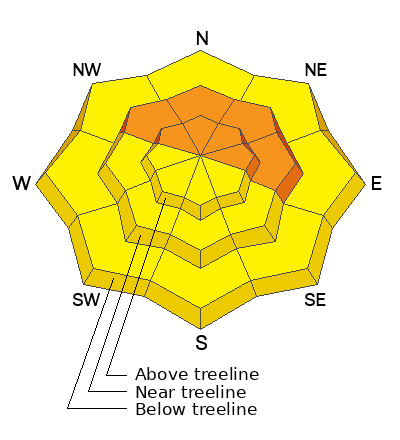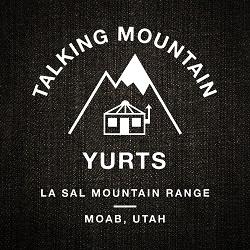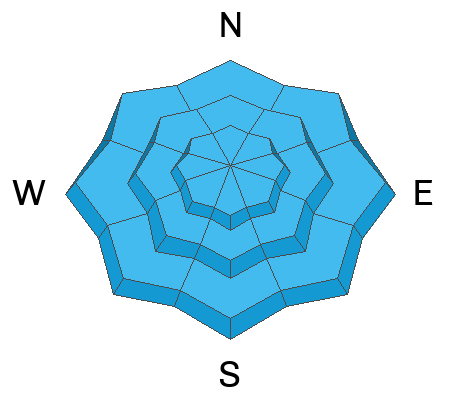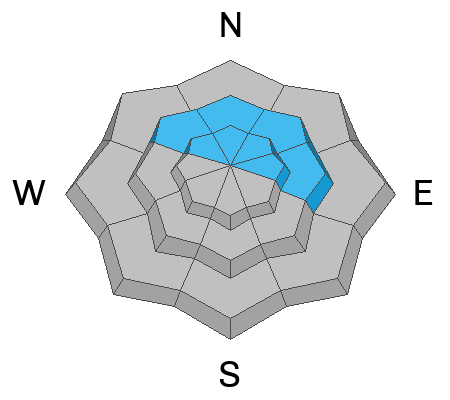Forecast for the Moab Area Mountains

Issued by Eric Trenbeath on
Friday morning, February 24, 2023
Friday morning, February 24, 2023
Very strong winds and significant snowfall have created dangerous avalanche conditions in the backcountry.
The avalanche danger is CONSIDERABLE on steep slopes near and above treeline that face NW-N-NE-E. Unstable slabs of wind drifted snow up to 2' deep have formed in these areas and are in some cases, resting on a layer of weak, sugary, faceted snow. All north facing slopes steeper than 30 degrees should be avoided.
A MODERATE danger exists on all other aspects and elevations where human triggered avalanches involving slabs of recent and wind drifted snow are possible.
Look for signs of instability such as cracking in the snow surface, and avoid wind drifted slopes steeper than 30 degrees.

Low
Moderate
Considerable
High
Extreme
Learn how to read the forecast here





